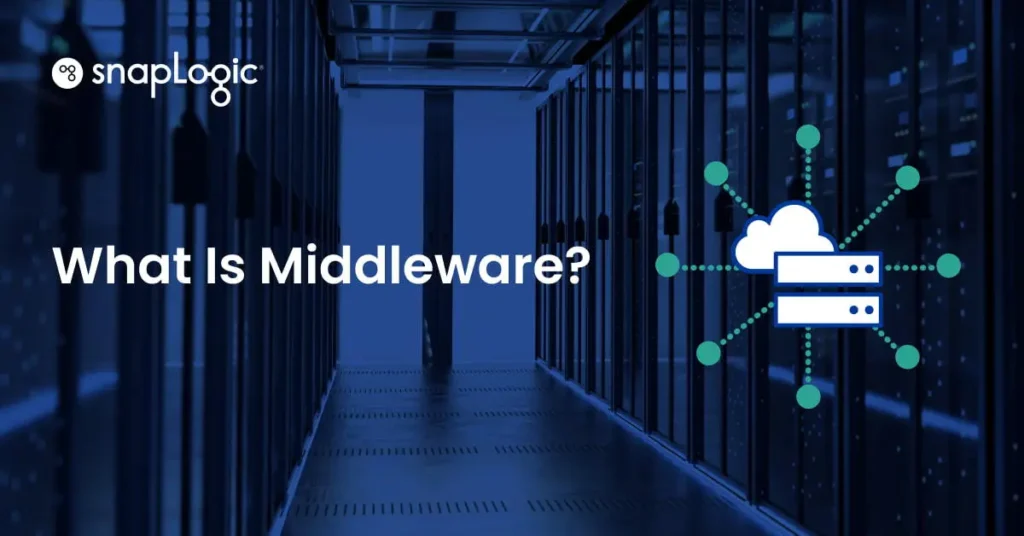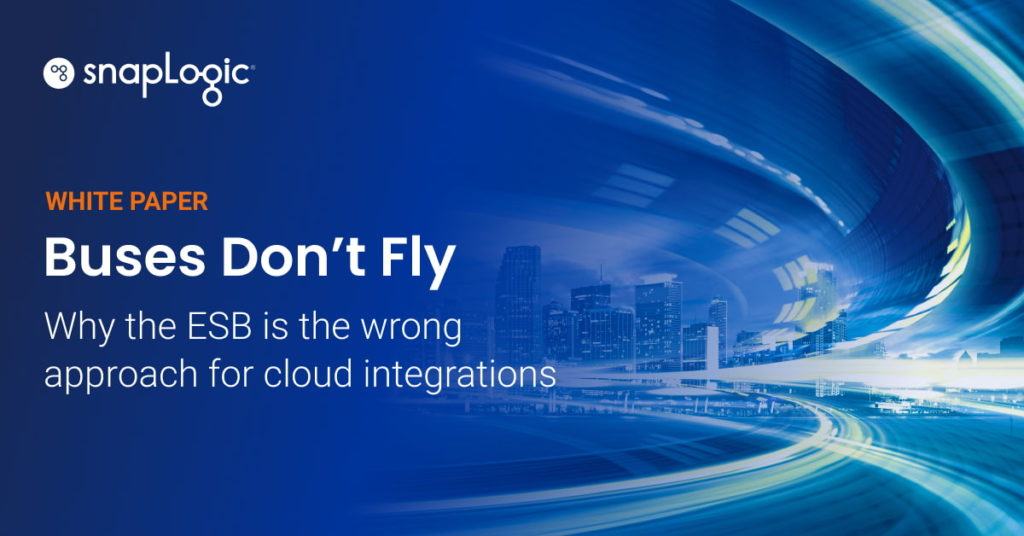What is an Enterprise Service Bus?
An enterprise service bus (ESB) is an architecture that allows communication between different environments, such as software applications. However, as there is no set industry definition for what enterprise service buses are it can result in different understandings of precisely what is meant when an ESB is being referred to.
The concept behind a bus is that different software components (known as services) that run independently can integrate and communicate with each other. This happens as each application talks to the bus, which modulates the communication, ensuring it arrives in the right place, saying the right thing in the right way. A simplistic analogy would be an automatic translation app that allows everyone to talk in their own language, but the listener would hear it perfectly in theirs.
The integration of ESB with open source integration platforms has enabled it to reach a very wide range of users. Extending ESB to the many has allowed organizations around the world to improve the speed of their activities.
ETL vs. ESB
ETL (extract, transform, load) tools are a huge part of data warehousing and integration. It is common for them to be seen in competition with ESB architecture when it comes to data integration and improving connectivity. However, as can be seen from many systems, such as SnapLogic, ETL and ESB can actually help each other. This is because of their complementary strengths, ETL in moving large amounts of data and ESB in addressing real-time transactional data.
As software applications grew, it became necessary to abandon point-to-point communication between nodes, which was not scalable. So a more flexible messaging system was required, which was ESB. This is now also being challenged in itself in an ESB vs. Microservices competition, with the latter becoming the new standard for messaging architecture within an application.
The pros and cons of Enterprise Service Bus (ESB)
Pros of Enterprise Service Bus (ESB)
- Improved data integration: An ESB provides a centralized platform for connecting and integrating different software applications, allowing them to share data and work together seamlessly. This can improve data integration and reduce the need for custom coding and integration.
- Streamlined business processes: By connecting and integrating different software applications, an ESB can help automate and streamline business processes, improving efficiency and productivity.
- Reduced IT costs: Because an ESB provides a common platform for integration, it can help reduce the cost and complexity of IT projects. This can save time and money for businesses, particularly in large, complex environments.
- Enhanced flexibility: An ESB is typically a modular and scalable solution, allowing businesses to add or remove components as needed. This can provide flexibility and adaptability in response to changing business requirements.
- Improved data quality: An ESB typically includes data transformation and cleansing capabilities, allowing businesses to manipulate and cleanse their data as needed. This can improve the quality of data and reduce errors and inconsistencies.
Cons of Enterprise Service Bus (ESB)
- Added complexity: An ESB can add complexity to an organization’s IT environment, requiring careful management and coordination. This can require additional resources and expertise, which may be a challenge for some businesses.
- Performance issues: Because an ESB acts as an intermediary between different software applications, it can affect the performance of those applications. This can lead to delays and slowdowns, which can be a problem for businesses that rely on real-time data and communication.
- Limited scalability: Although an ESB is typically a scalable solution, there may be limitations on its ability to handle large amounts of data or high volumes of traffic. This can be a challenge for businesses that need to process and manage large amounts of data.
- Lack of standardization: Because there are many different ESB products and vendors on the market, there is no standardization in the ESB industry. This can make it difficult for businesses to compare and evaluate different ESB products, and may require additional resources and expertise to implement and manage an ESB.
- Security concerns: An ESB can introduce security risks, particularly if it is not properly configured or managed. This can be a concern for businesses that handle sensitive data or operate in regulated industries.






